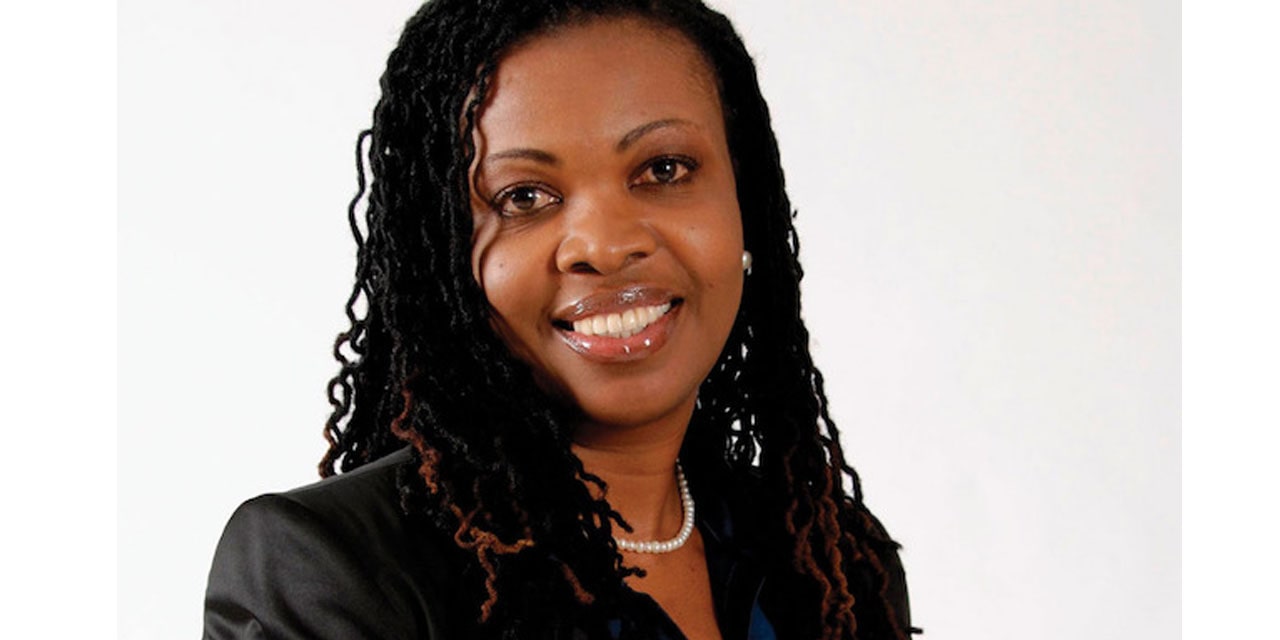Local borrowing by Letshego Holdings (Namibia) increased to N$ 3.1 billion in the year ended 31 December 2023 as the company undertook to finance growth and decrease reliance on parent funding.
The company said in its financial results that it has been progressively implementing its digitalisation strategy in line with our ambition to grow market share.
These sentiments were expressed by Chief Executive Officer, Ester Kali and Chairperson, Mansueta-Maria Nakale.
Further, customer deposit mobilization continued in 2023 with growth from N$536 million at the end of 2022 to N$828 million at the end of 2023.
The group remains optimistic about early signs of economic recovery in the domestic economy and continues to be well-aligned to grow its franchise through the diversification of its target segments in the market.
A dividend of 36.38 cents per ordinary share has been declared since the end of the reporting period.
Total revenue increased by 14% (2022: 17%), which was largely driven by the increase in the repo rate and strong growth in insurance income.
Profit after tax amounted to N$353.3 million (2022: N$350.4 million), an increase of 1% (2022: 16%).
The bank remains well capitalized with a capital adequacy ratio of 35% (2022: 34%).
The revenue surge was propelled by growth in interest income, which rose by 18%, and robust expansion in insurance income to N$ 275 million (2022: N$ 248 million).
Improved access to Letshego’s expanding suite of LetsGo Insurance products was facilitated through an augmented Digital Mall product portfolio.
The Group maintained strong asset quality, with a Loan Loss Ratio (LLR) of 0.25% for the year.
“Although the non-performing loans ratio increased marginally to 6.02% (2022: 4.97%), it emphasizes the stability of the group’s credit and risk management framework. Reference rates climbed during the review period, leading to a 63% year-on-year upsurge in interest expense,” the company said.
The report added that net interest income experienced a slight decline of 3.4% to N$ 438 million (2022: N$ 453 million).
While 72% of the group’s funding is based on floating-rate pricing, the asset side predominantly relies on fixed pricing, resulting in margin compression due to the slower repricing pace on the asset side.




